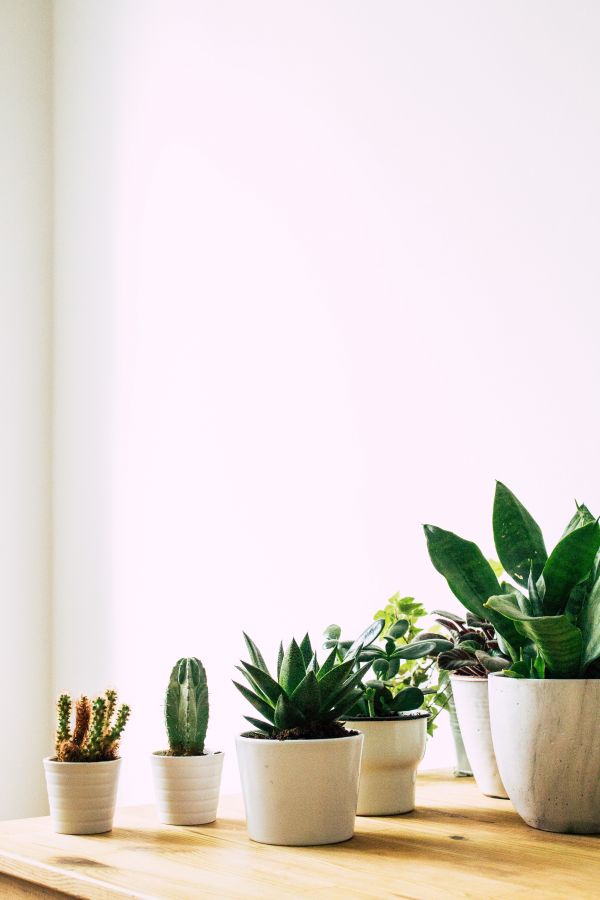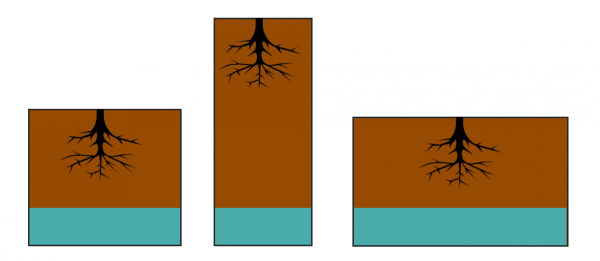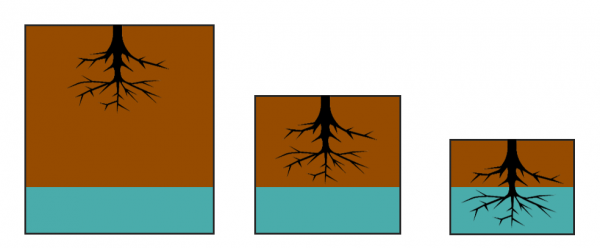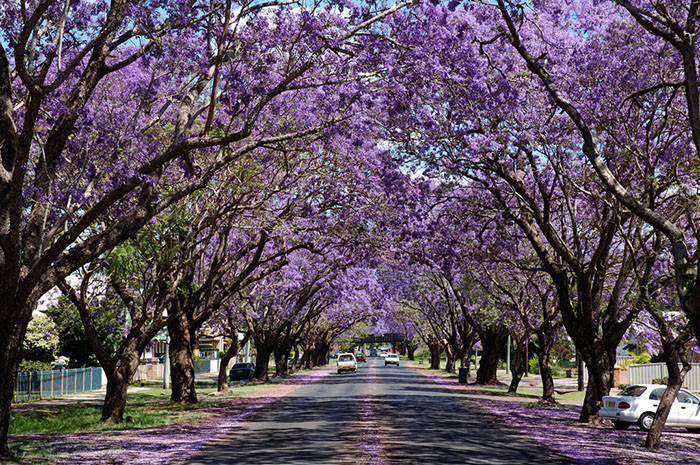When choosing a pot for a plant, people tend to pay more attention to its aesthetics rather than other factors such as size and shape. But interestingly, the size and shape of the pot have a tremendous influence on the nutrition of your plant. How? It all has to do with the retention of water and humidity within the pot, resulting in the available water for your plant.
Whether you plan to use pots indoors or outdoors, it is helpful to know the implications of different types of pots, sizes, shapes, materials, and soil mix.
The best landscape designers in Sydney will always consider these factors when adding plants in pots to your landscape design. In this article, we will share our knowledge with you so that you can also choose the right pot for your plant yourself. This knowledge will let you make informed decisions that will benefit your plant's health and growth.
How TO CHOOSE pots for your garden According TO Experts
Potting Mix
The idea behind the different potting mixes is to create the right balance of water-filled and air-filled pore space for your plant and its environment when you water it. Of course, the needs of each plant vary greatly, which is why you can find a wide variety of potting mixes.
The objective of the potting mix is to allow for root and water movement and oxygen exchange while holding sufficient nutrients and water. Therefore, it is a balance of being loose enough to let the water run and move around the roots but tight enough to keep some of the water and, most importantly, the soil nutrients.
For instance, a potting mix for a succulent is two parts sand, two parts gardening soil, and one part perlite or pumice. This combination allows for proper aeration and drainage for these plants, which do not need much water. Actually, during winter, they stop growing, and they might need water once or twice during that season.

Potting mix and water interaction
Potting mixes use different ratios and combinations of material to achieve additional water-holding capacity. The soil particle size is one of the main factors in maintaining more or less water in the pot.
The smaller the soil particles are in the potting mix, the more water it will hold in the pot, and that water will reach closer to the pot's surface. For example, heavy clay holds more water due to the small size of the soil particles.
On the other hand, bigger soil particles improve water drainage rather than holding it. Sand is a good example. When used in a pot, it doesn't hold the water but lets it run to the bottom and then out of the pot.
How is the water distributed in the pot?
Despite having the same potting mix in the pot, the water is not distributed evenly. Two opposing forces, capillary action and gravity, affect water distribution.
Capillary action makes the water rise. How? The water looks for narrow spaces to flow through. When the soil particles are small, there are more narrow spaces for the water to run through, and then it starts rising. You see the same effect when you touch the water with a piece of paper towel. You can see the water rising through the paper towel.
The other force is gravity, which forces the water to go down to the bottom of the pot.
The combination of both factors will tell how the water will be distributed in the pot. The water will be held at the bottom, but it can be distributed higher within the pot with smaller soil particles. The level reached in the pot that is holding the water is what we know as the layer of water saturation. The water saturation in a pot can be damaging or beneficial to the plant, depending on the plant's needs.
For example, a succulent that doesn't need much water will benefit from having less water saturation. Otherwise, its roots can rot, and the plant will die.
It can be challenging to know the exact potting mix for a plant, especially considering that the right potting mix might be different when used indoors or outdoors. At Dapple, we always consider these factors when designing a landscape. We do not want to give you only a beautiful garden; we want it to continue blooming. This is our commitment as the best landscape architects in Sydney.
The importance of the pot's size and shape
All pots have a different layer of water saturation. A heavier soil made up of smaller particles results in a higher layer of water saturation, while a lighter soil with bigger particles will have a lower saturation level.
This behaviour does not change with the different shapes of the pot. If you use the same potting mix, it does not matter whether the pot is short and wide or tall and thin. The layer of water saturation will be at the same level. So, how does the shape of the pot affect the plant? The plant will be affected by how close the roots of the plant are to the layer of water saturation.
For example, a short and wide pot will hold the water closer to the plant's roots compared to a pot of the same volume but taller. This is because gravity is pushing the water down to the bottom of the pot.
Therefore, the height of a pot affects the amount of water versus air. For example, let's say you have three pots of the same volume but different shapes. The three of them will have the same water saturation level, but the short and wide pot will have a greater area saturated with water than the tall, thin one.

There are three planters with the same volume and potting mix, but the shortest pot on the right has a higher air-to-water ratio.

The same happens with different pot sizes. If you use the same potting mix, the three pots will have the same water saturation level. However, the smaller pot on the right has a higher water-to-air ratio. This allows the roots to be at this water saturation level, providing them with constant moisture.
Therefore, size is a factor to consider when choosing the pot. Does the plant need little or much water? The best landscape architects in Sydney can help you determine that for your landscape design, but you can use tools such as the Canberra Plant Selector if you are looking for just a few plants by yourself where you can find plants based on their water requirement. If the plant requires more water, then a smaller pot will better expose the roots to the water.
Time to act
Now that you know all the implications of pot shapes and sizes and different types of potting mixes, you can make an informed decision about your indoor or outdoor plant.
At Dapple Landscape Design, we take pride in our work of designing stunning yet sustainable gardens that are easy to maintain. This article shows you how many details are involved in selecting just one pot. Imagine all the factors involved in designing a complete garden! Our team of Australian landscape designers is more than ready and eager to work with you to create the garden of your dreams.
Our services include:
- Landscape DA Plans
- 3D Modelling
- Hardscape Plans
- Planting Plans
- Construction Details & Landscape Specifications
- Onsite Consultations
- Garden Renovations
- Drought Tolerant Landscaping
- Garden Design
- Greenhouse Design
- Pool Landscaping
Have a look at our competitive prices list, and don't hesitate to contact us at 1300 DAPPLE (1300 327 753) to see how we can assist. You can also fill in the contact form below, and we will happily get back to you.
